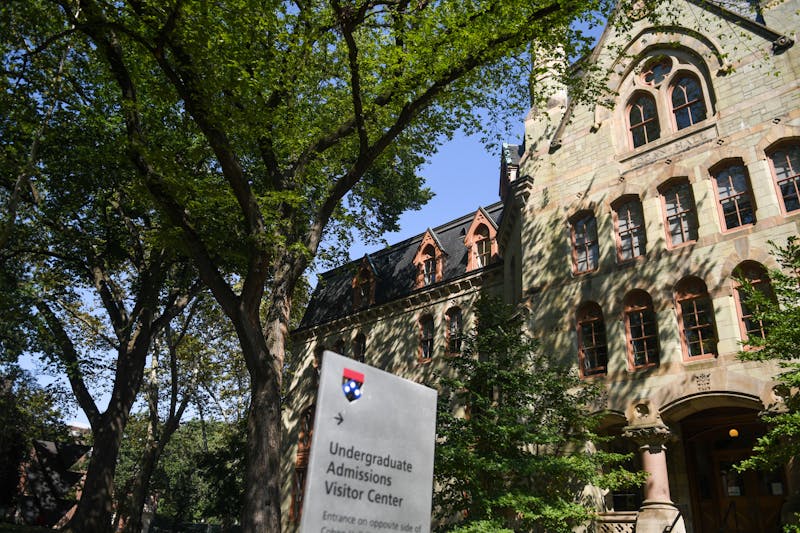Doctors may now be able to determine whether an infant’s blood pressure is within normal range under anesthesia, thanks to a senior design project by two Penn School of Engineering and Applied Science students.
Seniors Deepthi Shashidhar and Mingzhe Lin designed a program that can generate graphs using data collected from infants under anesthesia to determine if an infant’s blood pressure is too high or low, a feat never before accomplished, the seniors say.
“I’m surprised that something like this doesn’t already exist,” Shashidhar said. “It’s a critical thing to know what a child’s blood pressure is during surgery and what’s critical or not.”
Radoslav Ivanov , an Engineering doctorate student and advisor for the project, explained that this project “tries to provide such norms and aid young anesthesiologists when they are unsure whether a certain blood pressure value is dangerous or not.”
The goals of the project were two-fold : First , to establish a baseline graph of blood pressure levels against other factors, such as age, height, weight and medications taken, that affect a patient’s blood pressure. Second, to write a code that would let doctors input realtime patient information to produce a graph that would show whether the patient’s current blood pressure was too high or low.
Shashidhar and Lin worked with two data sets, both obtained from the Children’s Hospital of Philadelphia’s Anesthesia Information Management System . The data sets came from patients between 30 and 364 days old who underwent two different types of surgery, lobectomies — a removal of a person’s lobe — or pyloric stenosis — a corrective surgery to repair a narrowed small intestine.
Shashidhar and Lin, after obtaining the raw data, split it into five groups based on the time of the surgery so that they could better analyze it: pre-induction — or before the patient is given anesthesia —, pre-intubation , pre-surgery , surgery and post-surgery.
“We calculated one blood pressure value per patient and grouped those values based on different factors,” Lin said. “We wanted to try and find a correlation between time spent under anesthesia and blood pressure values during surgery but it’s hard to find an actual correlation.”
The Engineering team programmed their project in Python, Shashidhar said. However, she noted that the results cannot be generalized to all surgery types because the graphs were based on only two distinct data sets.
Ivanov was there to provide guidance on both sides of the project in addition to the doctors themselves, whom the seniors met with constantly as part of the collaborative effort. He also helped Shashidhar and Lin clarify their questions for CHOP doctors.
“Even though [doctors and engineers] are trying to tackle the same problem, our approaches are very different, and it is sometimes surprisingly difficult to find common ground,” Ivanov said.
Although the seniors had a very large data set to work with, the data was still somewhat limited in scope. Lin even said that a “lack of data was probably one of [their] biggest problems.”
Additionally, the project was less computer science-oriented and more geared towards the medical side, requiring both students to brush up on some background medical knowledge.
Both students recognized a need for this kind of analysis in the medical world.
“Usually [doctors] have to guess or estimate based on past experience or the blood pressure at the beginning of surgery,” Lin said. “We wanted to try and develop normal values so that doctors had a reference during surgery.”
The Daily Pennsylvanian is an independent, student-run newspaper. Please consider making a donation to support the coverage that shapes the University. Your generosity ensures a future of strong journalism at Penn.
DonatePlease note All comments are eligible for publication in The Daily Pennsylvanian.







